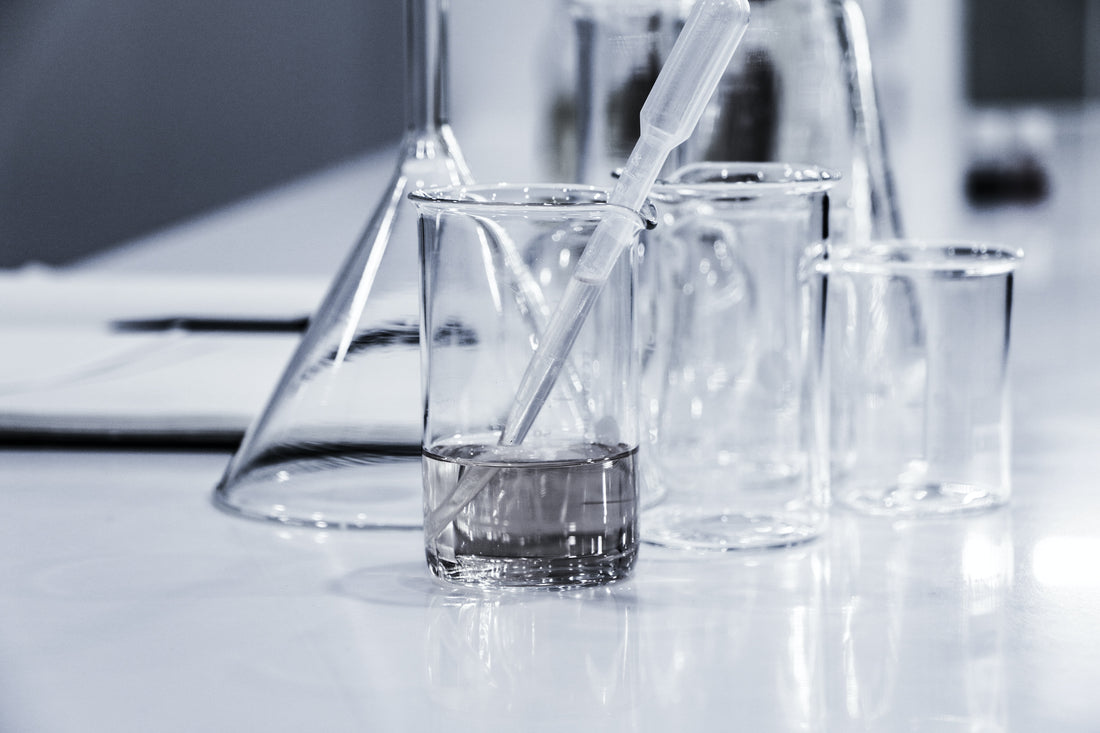
Biomedical Applications of PolyLactic Acid: A Review
Share
PolyLactic Acid (PLA) has gained significant attention in the biomedical field due to its biocompatibility, biodegradability, and versatile properties. PLA has been used in various biomedical applications, including drug delivery systems, tissue engineering, wound healing, and medical implants. The use of PLA in these applications has shown promising results, with its degradation products being non-toxic and easily eliminated by the body.
PLA drug delivery systems have been developed to improve the efficacy and safety of drugs by delivering them directly to the site of action. PLA-based nanoparticles have been used to encapsulate various drugs, including anti-cancer drugs, and have shown enhanced therapeutic efficacy and reduced toxicity. PLA has also been used to fabricate scaffolds for tissue engineering applications, providing a biocompatible and biodegradable platform for cells to grow and regenerate damaged tissues.
In addition, PLA has been used for wound healing applications, with its porous structure allowing for the controlled release of growth factors and other biomolecules that aid in the healing process. PLA-based medical implants, such as screws, pins, and plates, have also been developed for bone fixation, as they provide the necessary strength and stiffness while gradually degrading over time, allowing for the regeneration of new bone tissue.
Overall, PLA has shown great potential in the biomedical field, with its biocompatibility, biodegradability, and versatile properties making it a promising candidate for various applications.
PLA drug delivery systems have been developed to improve the efficacy and safety of drugs by delivering them directly to the site of action. PLA-based nanoparticles have been used to encapsulate various drugs, including anti-cancer drugs, and have shown enhanced therapeutic efficacy and reduced toxicity. PLA has also been used to fabricate scaffolds for tissue engineering applications, providing a biocompatible and biodegradable platform for cells to grow and regenerate damaged tissues.
In addition, PLA has been used for wound healing applications, with its porous structure allowing for the controlled release of growth factors and other biomolecules that aid in the healing process. PLA-based medical implants, such as screws, pins, and plates, have also been developed for bone fixation, as they provide the necessary strength and stiffness while gradually degrading over time, allowing for the regeneration of new bone tissue.
Overall, PLA has shown great potential in the biomedical field, with its biocompatibility, biodegradability, and versatile properties making it a promising candidate for various applications.
